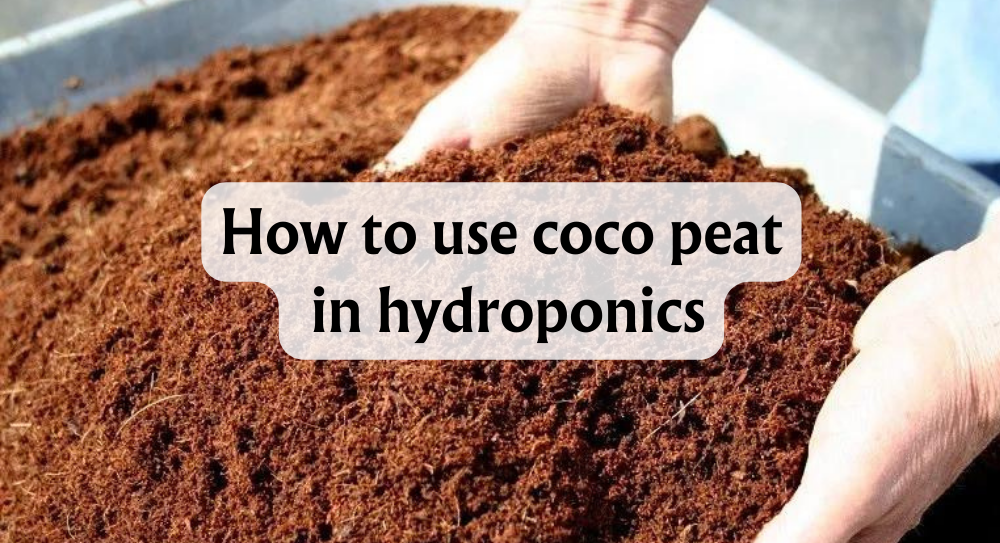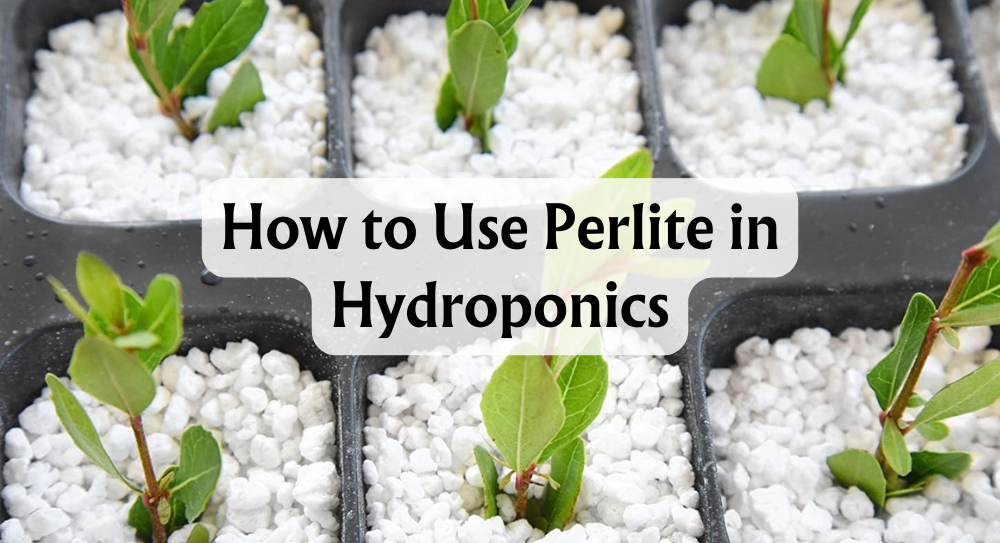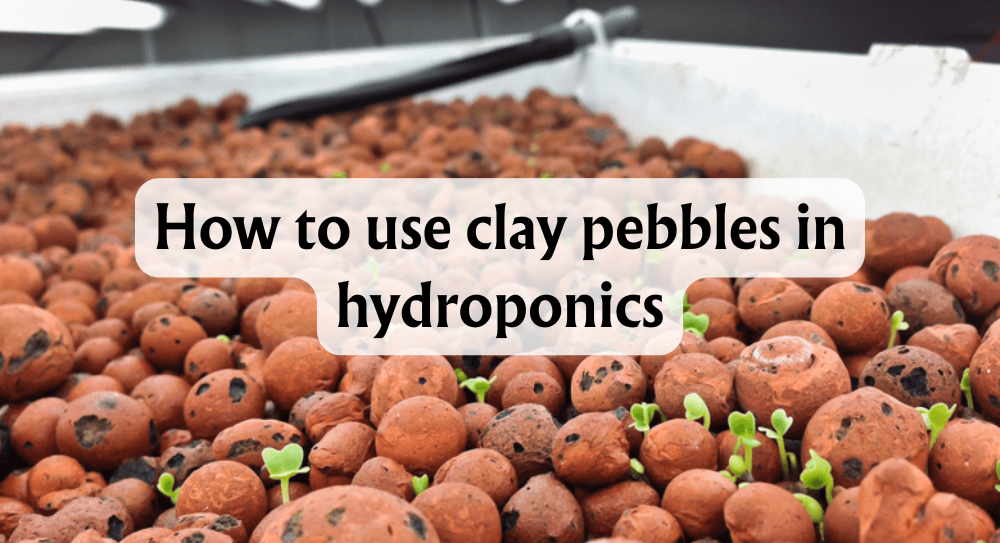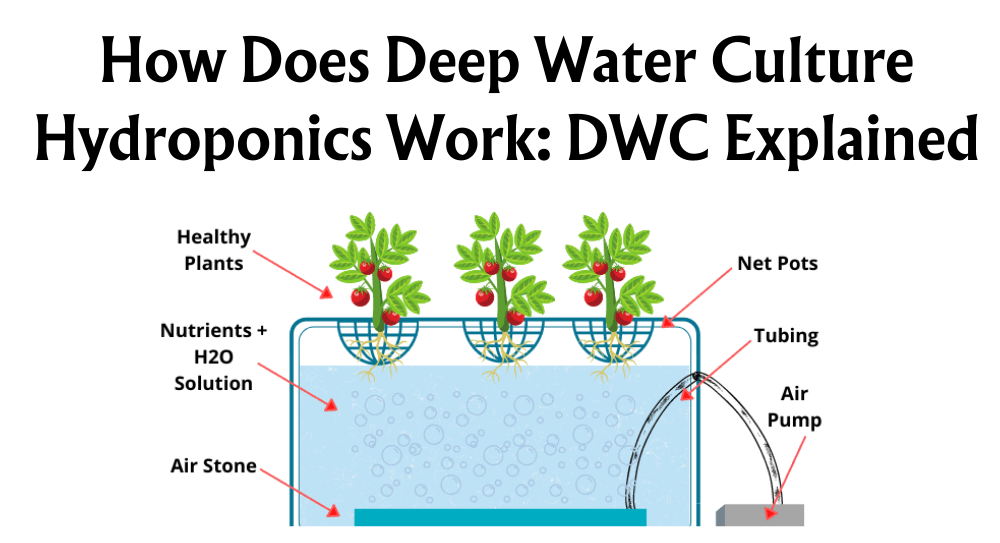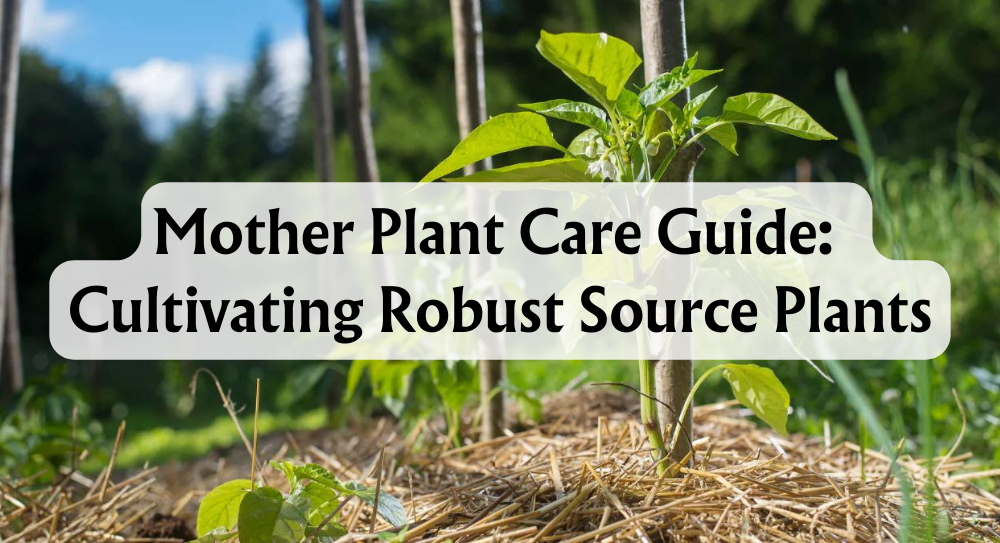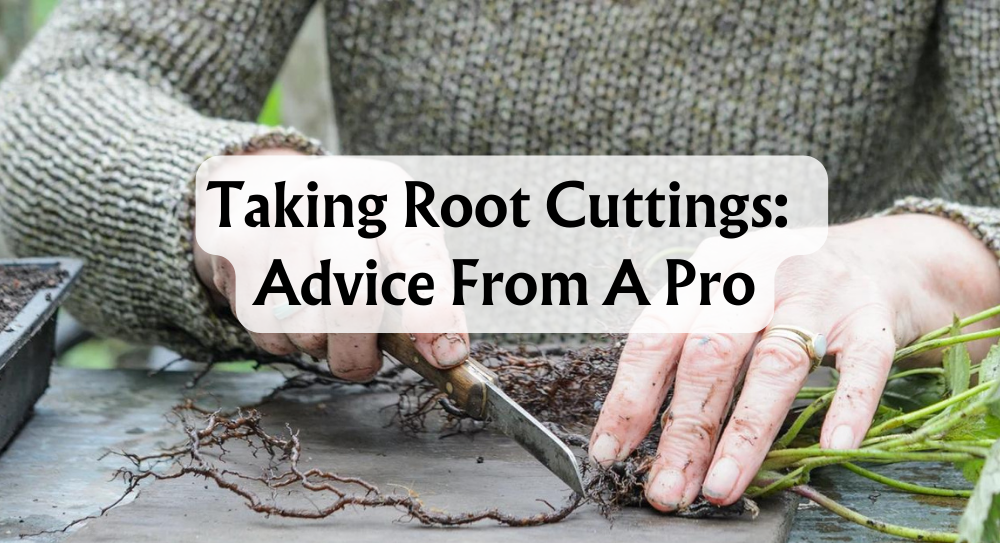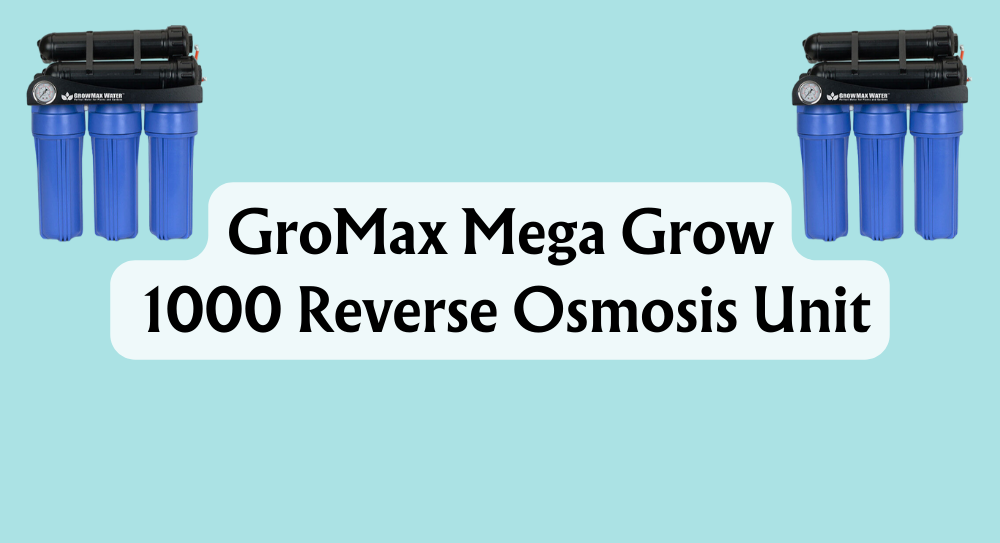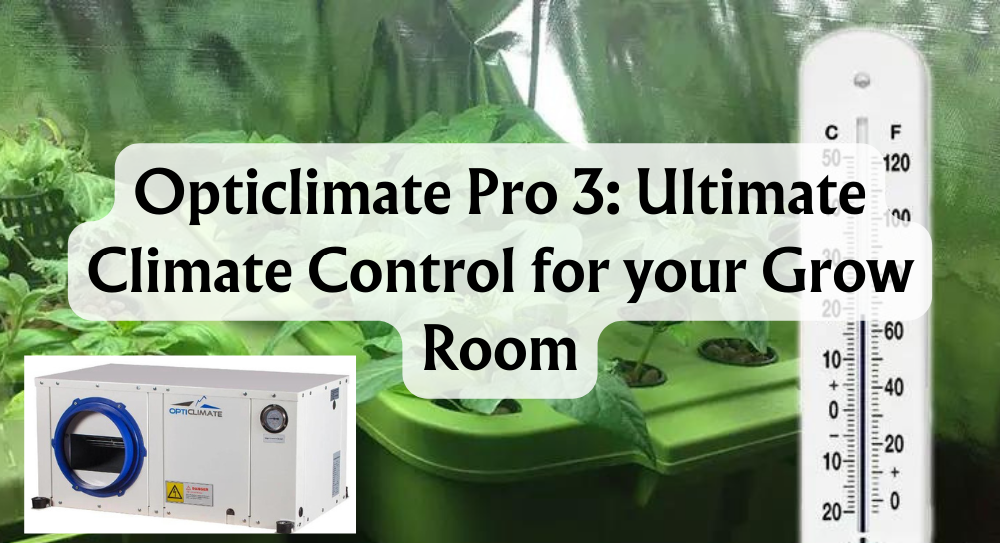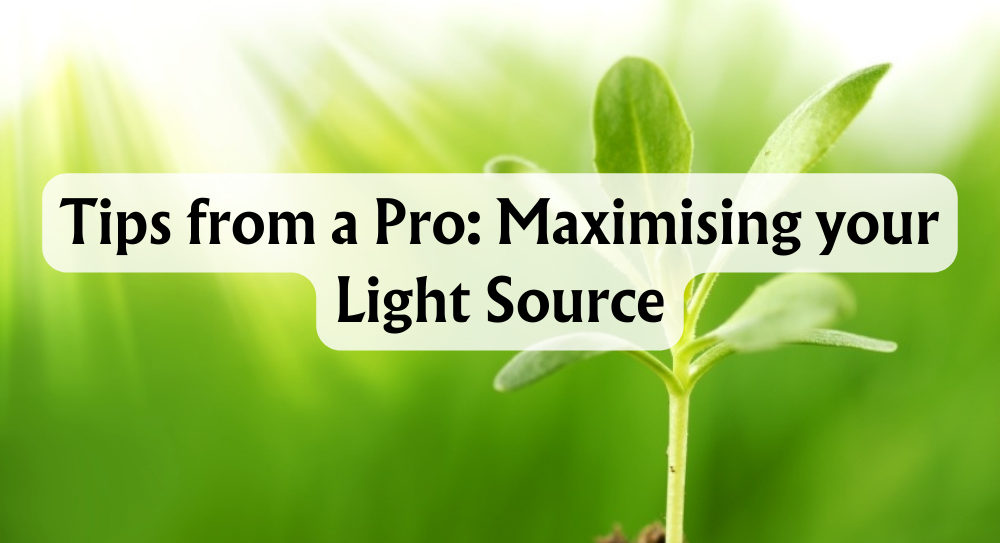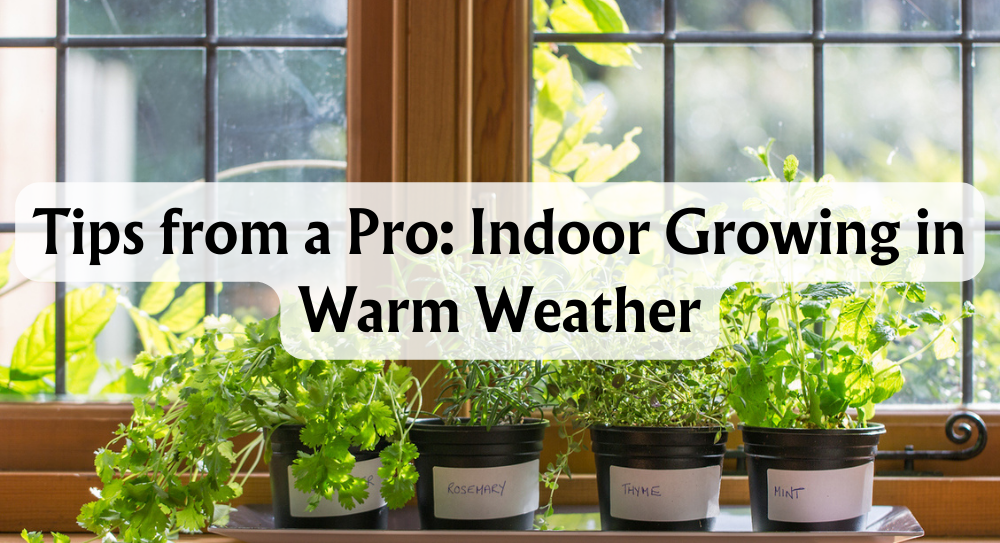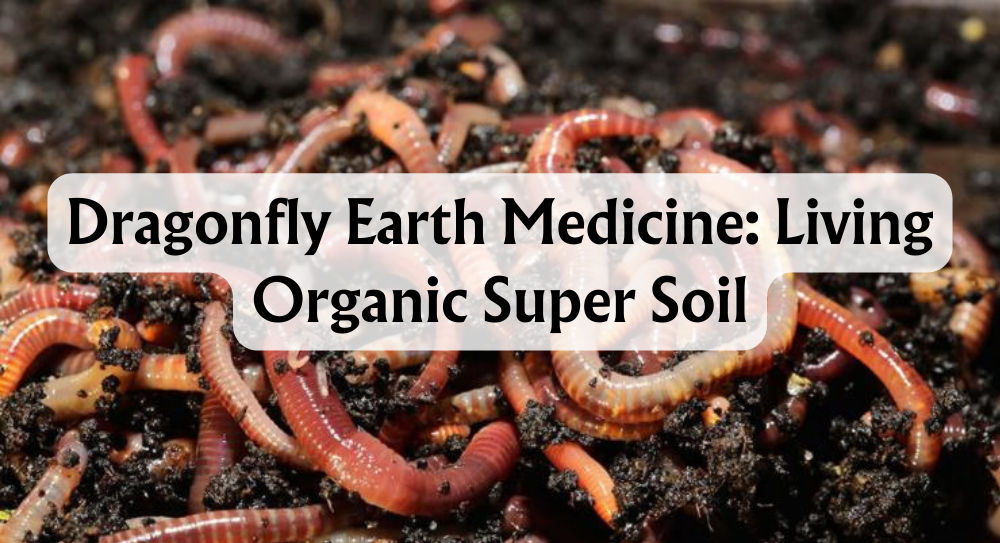How to Use Coco Peat in Hydroponics
Imagine our plants thriving, their roots immersed not in the earth, but in nutrient-rich water. This is the essence of hydroponics, the innovative gardening method where soil is replaced by water, allowing for an efficient, space-saving way to grow plants. Indeed, hydroponics changes the game for apartment dwellers and urban farmers alike, turning balconies and rooftops into lush gardens.
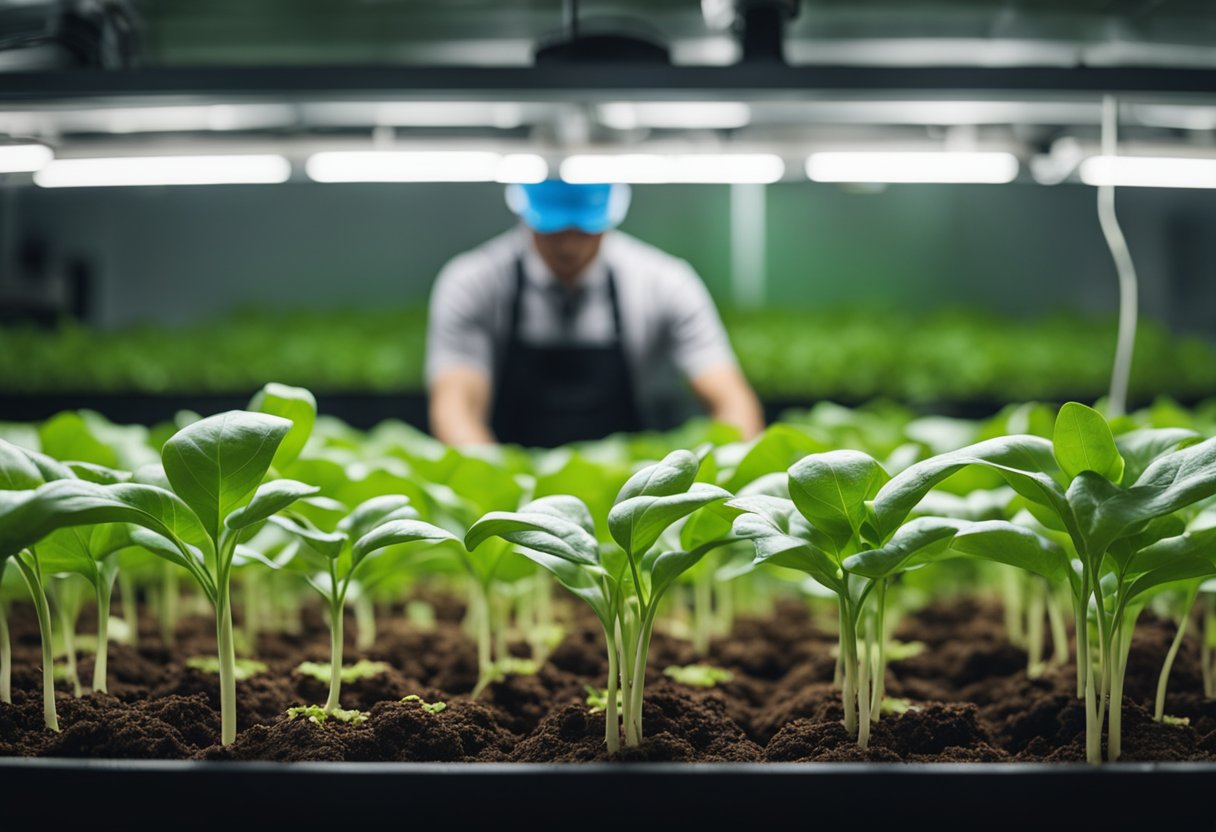
In the heart of hydroponic gardening lies a range of growing media – and one worth our attention is coco peat. Derived from coconut husk, the finer form of peat has become a popular choice for its affordability and effectiveness. It acts like a sponge, holding water and nutrients in a form accessible to our plants. By choosing coco peat, we opt for a sustainable and renewable medium that helps our hydroponic gardens flourish.
Throughout the article, we will dive into the practicalities of using coco peat in hydroponic systems. We will explore its benefits, such as its high water retention and aeration properties, and look at potential drawbacks, such as the need for buffering. We'll see how it stands up against other hydroponic media and offer guidance on how best to integrate coco peat into our hydroponic endeavours.
Key Takeaways
- Coco peat is a sustainable medium that's superior for hydroponic gardening.
- It stores water and nutrients well but requires proper preparation.
- Comparing media and following usage guidance enhances hydroponic success.
What Is Coco Peat?
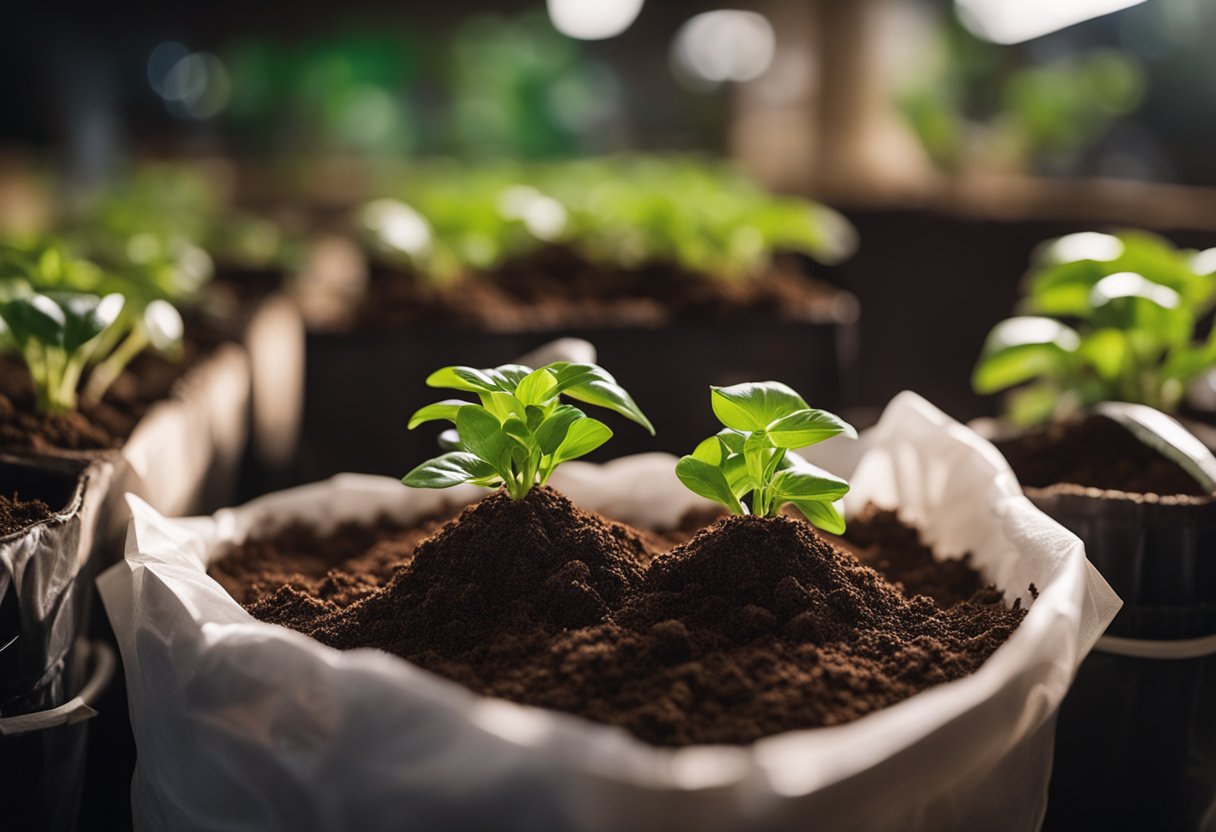
Have you ever wondered what coco peat is? It's a fantastic growing medium, especially if we're delving into the world of hydroponics! Coco peat, or cocopeat, is a natural by-product made from the dust, or 'pith', of coconut husks—the tough exterior of coconuts. Coconut Coir is also made up of ground coconut husk but in a coarser, fibre form. There are many growers using coco coir in hydroponics but our focus today will be on the finer, dust form of coco peat. Let's dive in and see why it's a darling in the hydroponic community.
The properties of coco peat are rather impressive:
- High water retention: It acts like a sponge, holding moisture superbly well.
- Low nutrient content: It's pretty inert, which means it doesn't come packed with nutrients.
- Neutral pH: Plants love stability, and coco peat provides a stable pH environment, usually between 5.7 and 6.8.
When you're browsing the shelves, you'll likely come across coco peat in various forms, such as:
- Bricks
- Discs
- Plugs
- Bales
Why the popularity, you ask? Well, this organic medium is not only biodegradable but also widely available and quite affordable. It's versatile too—suitable for all sorts of plants.
Using coco peat in our hydroponic setup includes:
- Hydration: We soak it in water, and voilà, it expands into a fluffy material.
- Washing: It's given a good rinse to shed any excess salts – no one likes an overly salty situation.
- Mix it up: Combining coco peat with perlite or vermiculite adds that extra oomph for better aeration and drainage.
We plant our seeds or seedlings in the coco peat and make sure they're watered with a nutrient solution tailored for coco peat's needs, rich in calcium and magnesium. What's special about coco peat in hydroponics, you ask? It's all about being a snug home for plant roots, offering a constant moisture level whilst ensuring they have enough oxygen. Plus, it becomes a hotspot for friendly microbes that are great for plant health.
So, we can say Coco Peat is quite the hydroponic hero, don't you think?
Coco Peat Advantages

When we discuss hydroponics, the medium we choose is crucial for the success of our plants. Coco peat comes to the fore not only for its incredible capacity to foster robust plant growth but also for its remarkable sustainability credentials.
Boosts Plant Growth
Coco peat is a star performer in the hydroponic medium lineup, primarily for its ability to support and accelerate plant growth. Its porous nature allows roots to breathe and grow freely, while its excellent nutrient-holding capacity ensures that our seedlings get all the sustenance they need. The result? Thriving plants and impressive yields!
Environmentally Friendly Option
We're all looking for ways to garden more sustainably, and using coco peat is a step in the right direction. As an organic by-product of the coconut industry, it's both renewable and biodegradable. We're repurposing what would otherwise be waste, turning it into something that benefits us and our plants—a true eco-win!
Excellent Water Retention
Ensuring consistent moisture for our plants can be a hassle, but not with coco peat! Its structure allows it to hold water up to eight times its weight, providing optimal hydration for seedlings and reducing the need for frequent watering. And don't worry about drainage; coco peat has got that covered too, ensuring no waterlogging and happy, healthy root systems.
Coco Peat Disadvantages

In hydroponics, coco peat can be a bit tricky to master. It requires a good deal of initial preparation and some know-how to get it just right. Let's look deeper into what can make coco peat less than ideal for our hydroponic adventures.
Nutrient Uptake Considerations
When using coco peat, we must be on our toes about the salt content, which affects the nutrient solution. You see, coco peat naturally has high levels of sodium and potassium.
- Sodium: Too much can cause leaf burn.
- Potassium: Excessive amounts might inhibit the uptake of other nutrients.
So, it's essential to balance these elements with a fertilizer that is low in sodium and potassium. It's also crucial to monitor the EC (electrical conductivity) and pH levels to ensure that our plants can absorb all the nutrients they need without a hiccup.
Maintenance and Monitoring
Now, don't let the low-maintenance allure of coco peat fool you. To get the best out of it, there's a fair bit of upkeep involved:
- Hydration: Got to soak it right to avoid a parched block.
- Buffering: A bit like seasoning your cooking pan, so it’s non-stick, we need to prep our coco peat to avoid unwanted chemical reactions with our precious nutrients.
- Rinsing: We'll need to rinse out the excess sodium and potassium, so our plants don't get a case of the “burns”.
- Tech watch: Keep an eye on all those gadgets like pumps and timers. They're a bit like us — they can have their off days and need some TLC.
All this to say, while coco peat is a stellar medium in many ways, it's not a 'set and forget' system. It beckons for our attention and a bit of elbow grease to prevent issues like salt buildup or nutrient depletion. But if you're up for the challenge, the rewards can be bountiful!
Coco Peat Compared to Other Hydroponic Media
Choosing the perfect growing medium is pivotal for a hydroponics system. Let's weigh up coco peat against other popular mediums to find the best fit for our plants.
Coco Peat vs Peat Moss
Coco peat, a by-product of the coconut industry, offers superb aeration and moisture retention, making it an ideal medium for various hydroponic setups. It's reusable and has an almost neutral pH, usually ranging between 5.7 to 6.8, which is great for plant growth.
- Aeration: Coco peat excels with better aeration than peat moss.
- Sustainability: It's also more sustainable, as peat moss extraction can damage peat bogs, which are important carbon sinks.
Coco Peat vs Perlite and Vermiculite
Perlite is formed from volcanic glass and provides excellent aeration with its coarse structure, but it holds less water than coco peat. Vermiculite, on the other hand, retains water well but can sometimes retain too much, leading to less aeration.
- Aeration and water retention: Coco peat balances both, while perlite and vermiculite can be too extreme on either end of the spectrum.
Coco Peat vs Rockwool
Lastly, rockwool, with its outstanding water-holding capacity and neutral pH, is a popular choice in hydroponics. However, it's worth noting that coco peat is far more environmentally friendly as rockwool is non-renewable and can be hazardous to produce and handle.
- Environmental impact: Coco peat is a clear winner here with its eco-friendly features.
- pH neutrality: Rockwool generally has a more reliable pH neutrality, which can be an advantage over coco peat for certain plants.
Each medium serves particular types of plants and setups well. For example, coco peat is excellent for beginners, while rockwool might suit commercial growers. Perlite is the go-to for those growing drought-loving plants, and clay pebbles are ideal for more substantial plants requiring robust support. Deciding on the right medium often comes down to our specific needs and the desired outcome for our hydroponic garden.
Tips for Using Coco Peat in Hydroponics
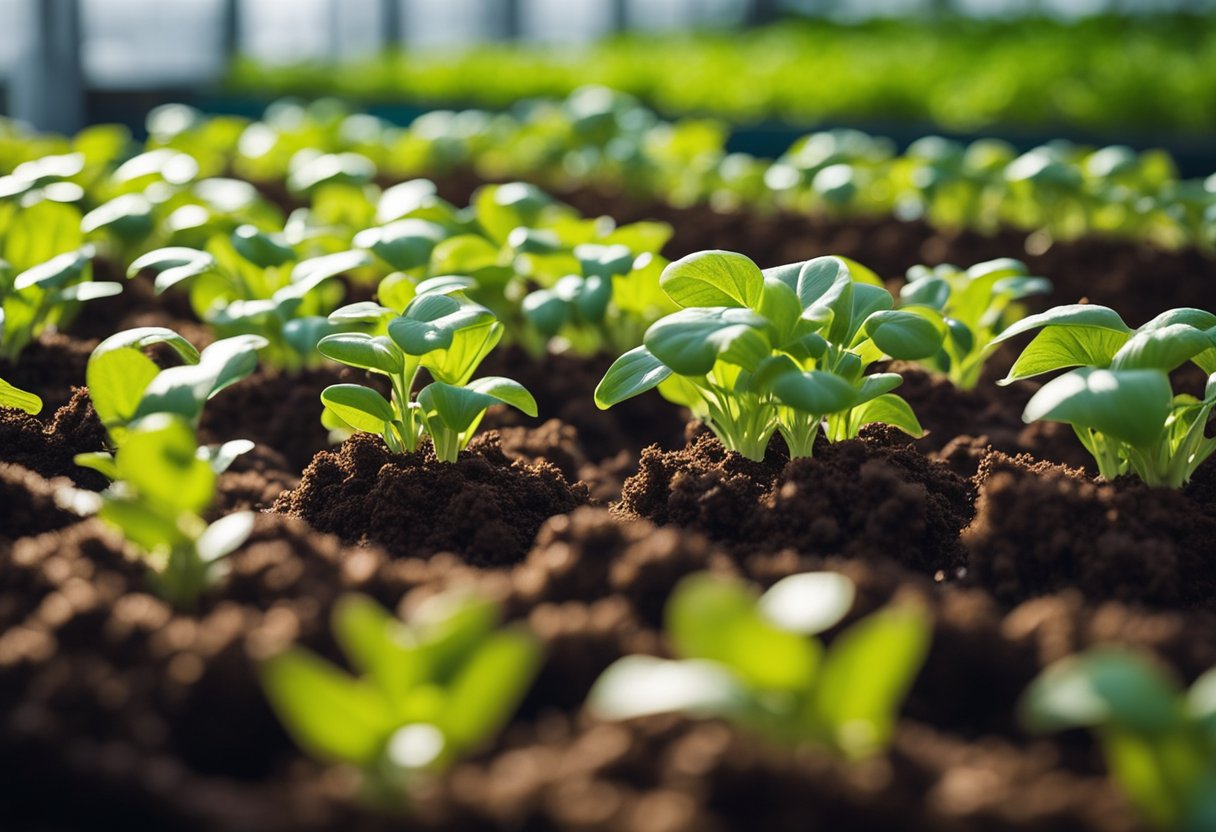
When using coco peat in hydroponics, we're aiming to create a hospitable environment for plant growth. Let’s embark on making coco peat the best substrate it can be for our hydroponic system.
Preparing Coco Peat
To start, we need to properly hydrate our coco peat. Place it in a bucket or large container, and pour in enough water (tap, distilled, or rainwater) to thoroughly soak the coco peat. If it's in brick form, this may take a few hours. The goal is to have it expand and become moist and fluffy.
Next, we'll need to balance the pH. Rinse the now hydrated coco peat with pH-adjusted water — aiming for a pH level between 5.5 and 6.5 is ideal — until the runoff water is clear. This washing process reduces excess sodium and other elements that might be harmful to our plants.
Now, mix the coco peat with other materials like perlite, vermiculite, or coco chips to enhance aeration and drainage. A good mix ratio is 70% coco peat to 30% other materials.
Coco Peat in Different Hydroponic Systems
Coco peat is versatile and suits various hydroponic systems. In systems like Nutrient Film Technique (NFT) or Deep Water Culture (DWC), coco peat is usually placed in net pots or grow bags to support the plants.
Fill your chosen containers with the prepared coco peat mix. We can measure the container's depth with a ruler and ensure we have the right substrate volume.
If we're starting from scratch with seeds — sprinkle them directly onto the coco peat. For seedlings, make a hole with scissors and gently place the plant in, firming the coco peat around it. Label the pots or containers to keep track of our green friends.
Regular watering with a nutrient solution is key, and don't forget to monitor the pH. Keep it steady with our pH meter and adjust as needed to maintain the sweet spot between 5.5 and 6.5.
These steps will help us achieve successful germination and let our plants thrive in their hydroponic home.
Further Considerations
Before diving into the nuances of using coco peat in hydroponics, let's ensure we're setting ourselves up for success. We'll cover how to keep the environment optimal for our plants, tackle unwanted guests, and sustainably manage our resources.
Managing pH and EC
Maintaining proper pH levels and Electrical Conductivity (EC) is crucial for the health of plants grown in coco peat. The ideal pH range is between 5.5 and 6.5, ensuring the nutrient solution is readily available to plants. We need to monitor the EC closely to avoid nutrient burn or deficiency. Here's how we can keep on top of these two parameters:
- Regular Testing: Use a pH/EC meter weekly to check the levels in the nutrient solution and runoff water.
- Corrective Measures: Adjust pH by adding pH up or down solutions, and manage EC by modifying the concentration of the nutrient solution.
Addressing Potential Pests and Diseases
Our plants are always at risk from pests and diseases, and coco peat is no exception. Keeping an eye out for and preventing issues is better than dealing with outbreaks. Here are a few tips:
- Sterilize your Coco Peat: Before reuse, ensure the medium is clean to prevent disease carryover.
- Monitoring: Regularly inspect plants for signs of pests or disease. Early detection is crucial.
- Integrated Pest Management (IPM): Use beneficial insects or organic pesticides to manage infestations and avoid harsh chemicals.
Sustainability and Reusability
Coco peat, a renewable resource, boasts excellent sustainability credentials, but only if we use it responsibly. Here's what we need to keep in mind to make the most of its reusable nature:
- After-harvest Care: Wash the used coco peat to remove old roots and salts. Then, buffer it with a calcium solution to reset nutrient content.
- Composting: Once coco peat reaches the end of its life, compost it. This returns nutrients back to the soil, completing the sustainability cycle.
- Mix in New Coco Peat: Add some fresh coco peat to the washed and buffered old medium to maintain the structure and porosity.
Conclusion
We've explored the virtues of using coco peat as a growing medium in hydroponic systems, and it's clear that our research underscores its considerable advantages. Lightweight and sustainable, this medium stands out as an ideal choice for both novice and professional growers aiming to enhance their hydroponic techniques.
Here's what we've learned:
- Benefits: The unique structure of coco peat provides excellent water retention and aeration, key factors for root development and plant growth.
- Growing Medium: Its ability to act as a buffer for nutrients allows for more forgiving water and feeding schedules, easing the route to horticultural success.
- Techniques: Incorporating coco peat into our hydroponic systems is uncomplicated. We start by properly hydrating the medium, balancing its natural sodium and potassium content with a carefully selected nutrient solution.
Remember, the key to making the most out of coco peat is preparation and maintenance. If you've been following our journey, you'll know that detailed attention to the nutritional balance and consistent rinsing will push you towards a bountiful harvest.
Do we face challenges? Of course. But by understanding our plants' needs and giving our coco peat the TLC it deserves, we turn those challenges into milestones of our gardening adventure. The lightweight nature of coco peat also means we save our backs some trouble during setup!
So, let's grab that net cup, hydrate our coco pith, and watch as our hydroponic dreams take root! If we persevere with our chosen techniques and trust in the robustness of coco peat as a growing medium, success in our hydroponic garden isn't just possible – it's within reach.







 Store Locator
Store Locator
